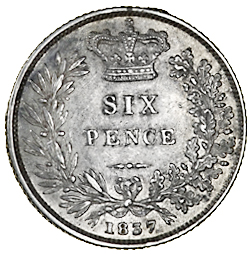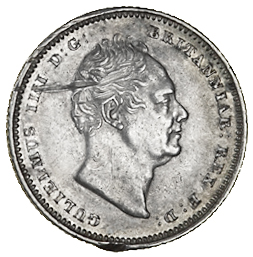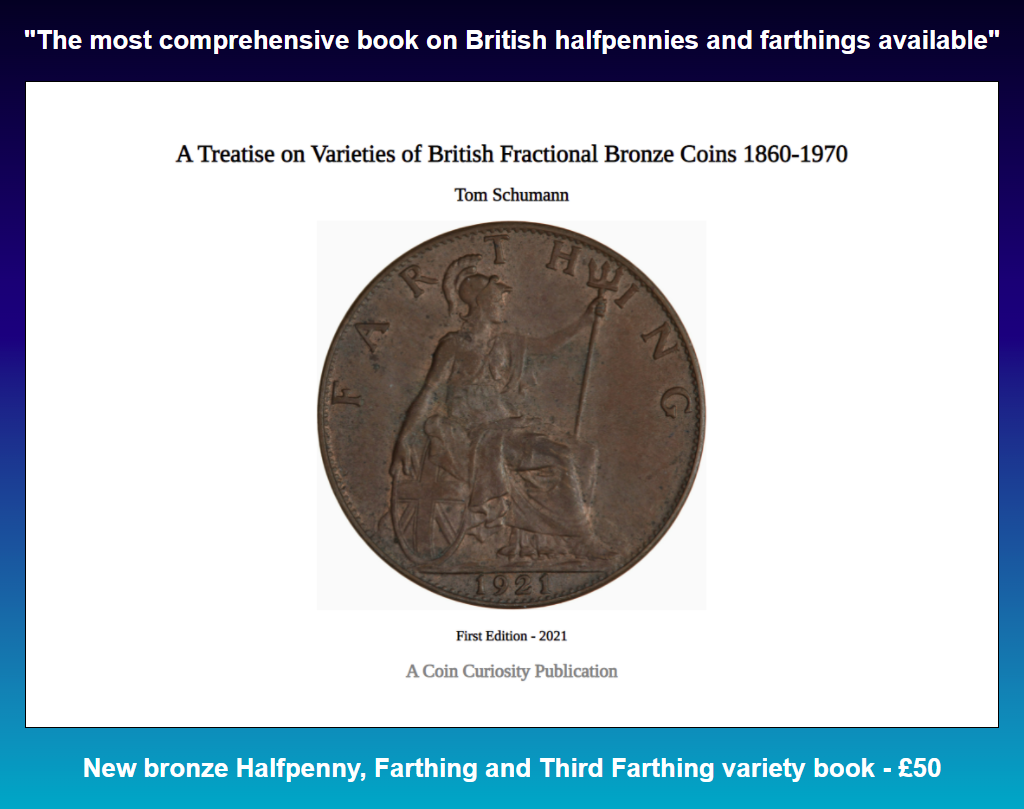1837 Mule Sixpence
In Dix Noonan Webb's March 2011 auction, an 1837 sixpence muled with a William IV half sovereign obverse was sold at lot 180 for £680 against a £200 - £300 estimate. So far it is the only known example of an 1837 mule sixpence and while the listing said it was not listed in any of the main references it is now listed as ESC 2514 in English Silver Coins.

The circumstances in which it was struck are not known but it was likely a die mix-up. The Gold Half Sovereign by Michael A. Marsh lists MAM 412A as an 1836 half sovereign struck with a sixpence obverse die, and while the circumstances in which it were struck are also unknown, Marsh speculates that the sixpence obverse die "was available so therefore why not use it" (p16, Marsh, The Gold Half Sovereign, 2004). While this is possible, given the similarity between the sixpence and half sovereign obverses, it could be that there was a die mix-up in 1836 with a sixpence obverse die being used to strike some 1836 half sovereigns and a half sovereign obverse die being used to strike some 1837 sixpences.

While the Alfred Bole Collection example that was sold in Dix Noonan Webb's March 2011 auction is the only example known, there are almost certainly other examples in existence. It is unclear how many coins a standard sixpence die could produce in the 1830s but it seems probable that the mule is the result of an entire die run yielding probably tens of thousands of mules.
Images © Dix Noonan Web

